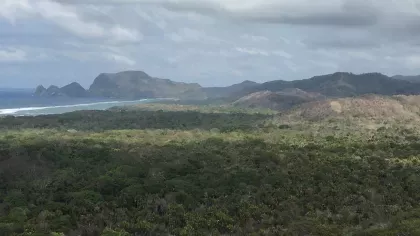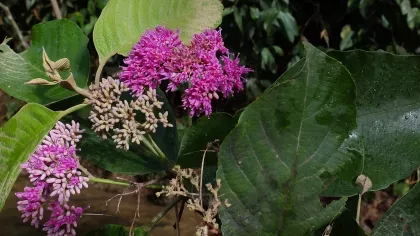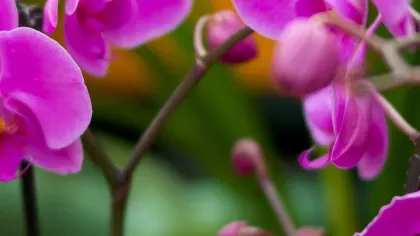28 February 2020
New Guinea: One of the world's biodiversity hotspots
Our knowledge of plants on the largest tropical island in the world may not be as comprehensive as what is known about animals, but we're working hard to change that.

Hotspots: earth's biologically richest and most endangered terrestrial ecoregions is the title of an influential book published in 1999 by Conservation International.
It gives a beautifully illustrated introduction to those parts of the world that have the highest concentrations of biodiversity. In hindsight, there are some surprising omissions: neither the Amazon region nor the island of New Guinea are included.
This is not because these parts of the globe are not rich in biological terms but because they were at the time not considered to be endangered.
This must now sadly be called a serious mistake.
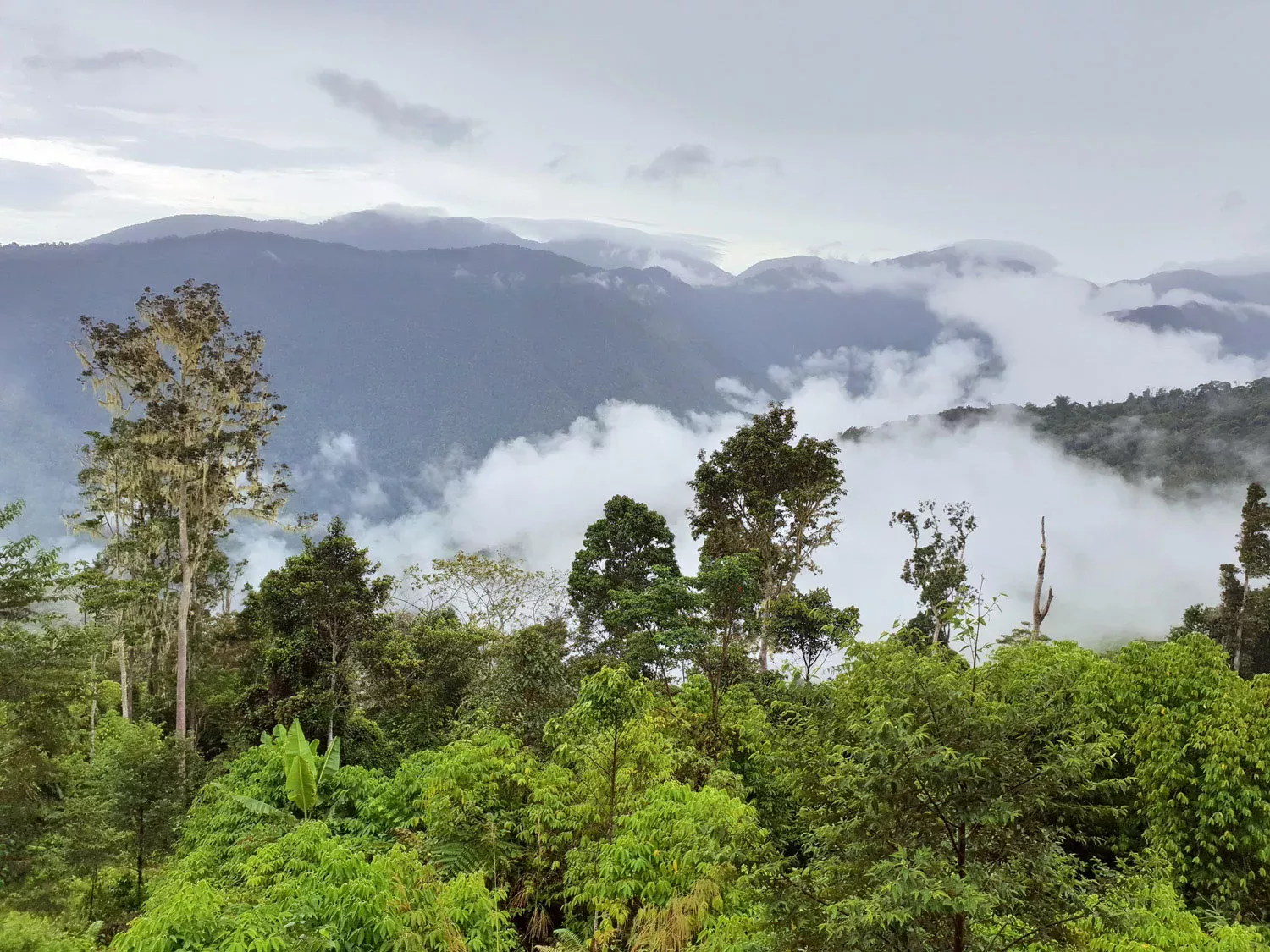
Birds, butterflies and orchids
New Guinea is most certainly a major hotspot of biodiversity.
The largest tropical island in the world harbours more than 800 species of birds, including the legendary birds of paradise, hundreds of thousands of insect species, including birdwing butterflies, and more than 13,000 plant species, including about 2,800 different orchids.
It is fair to say that compared to animals, especially the more charismatic mammals and birds, plants are often overlooked when it comes to nature conservation.
Our knowledge of the birds and butterflies of New Guinea is far more advanced in every way than that of plants.
Many plant species from New Guinea are only known from a handful of dried specimens collected during expeditions, sometimes more than a hundred years ago.
We don't know what some of them look like when they are alive, and it is often impossible to tell if they are rare or common in the wild.
Kew has been working in New Guinea for decades, both in the eastern half, which is the independent country of Papua New Guinea, and in the western half, which comprises two provinces of Indonesia, Papua and Papua Barat (the Indonesian part used to be called Irian Jaya).
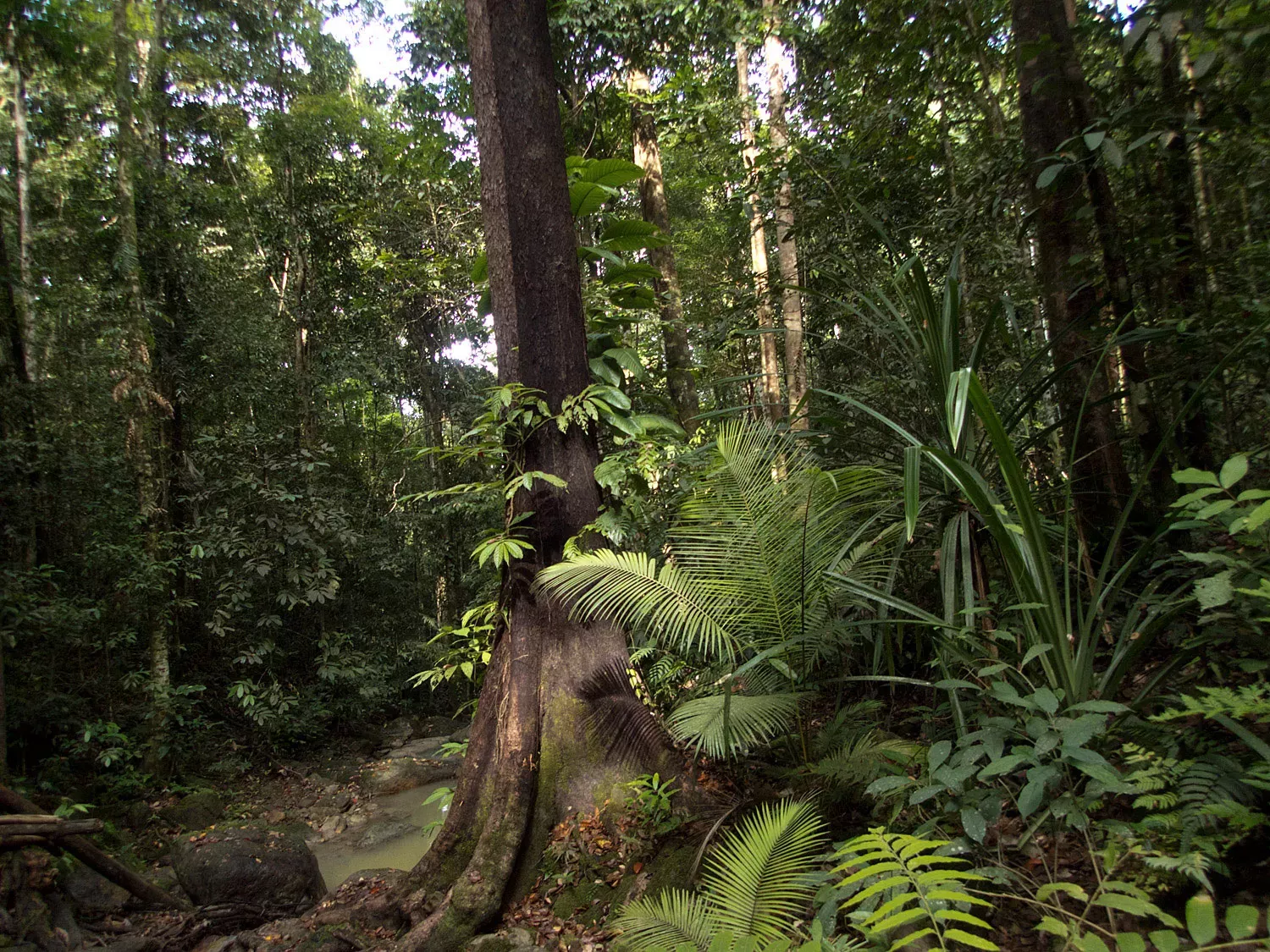
Protecting New Guinea's plants
A little over a year ago, a new project was started, Tropical Important Plant Areas (TIPAs) of New Guinea, which, for now, focusses on the Indonesian part of the island.
This project is carried out in conjunction with the University of Papua and the government of West Papua Province. The aim is to identify areas within Indonesian New Guinea that are especially important for their plant life.
In this context, an area can be 'important' for various reasons.
It may contain threatened species (according to IUCN criteria) or species that are not found anywhere else (what we call local endemics), or there may be many wild plant species that have socio-cultural value to the local people, or there are unusually high concentrations of plant species, or there are rare vegetation types in it.
In short, TIPAs are regional hotspots for plant diversity.
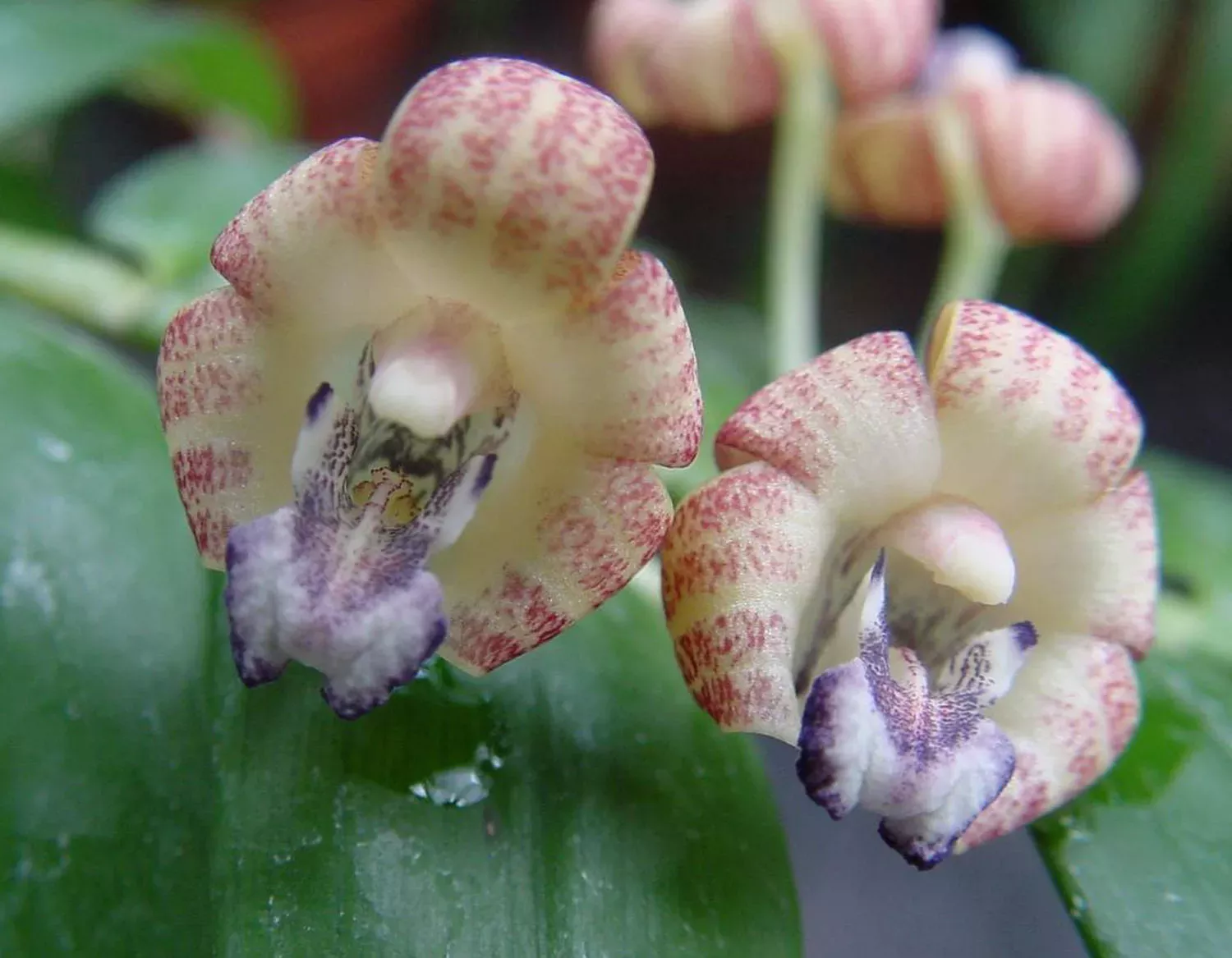
Filling knowledge gaps
Identifying such Important Plant Areas in New Guinea is challenging precisely because our knowledge is still so incomplete.
We will need to use all available herbarium specimens, employ statistical techniques to predict species distributions and species richness, and carry out carefully planned fieldwork in remote areas.
We are now in the process of designating our first TIPA in New Guinea, which will cover the twin islands of Biak and Supiori.
These islands, along with several others, are close enough to New Guinea to be considered as belonging to the New Guinea ecoregion.
The advantage of starting with an island is obvious: the natural boundaries are easily established. TIPAs in mainland New Guinea may be harder to delimit.
But then, if it was easy, we would not need to carry out the project in the first place.
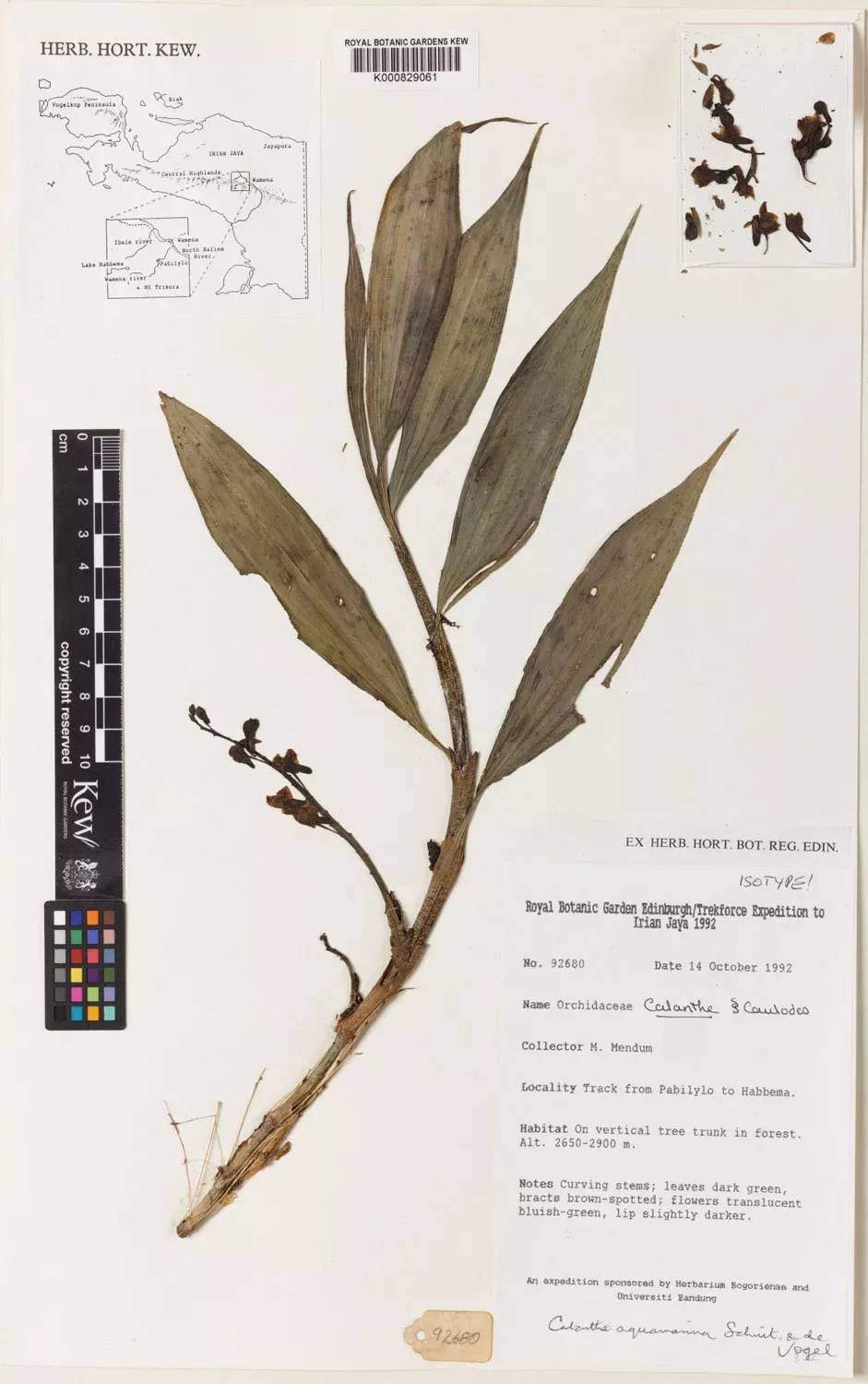
There are similar Kew TIPAs projects under way in Bolivia, the British Virgin Islands, Guinea-Conakry, Cameroon and Mozambique, and most are more advanced than the New Guinea project.
It is our hope that they will support conservation efforts and help to stop biodiversity loss.
We cannot afford to lose our hotspots.

